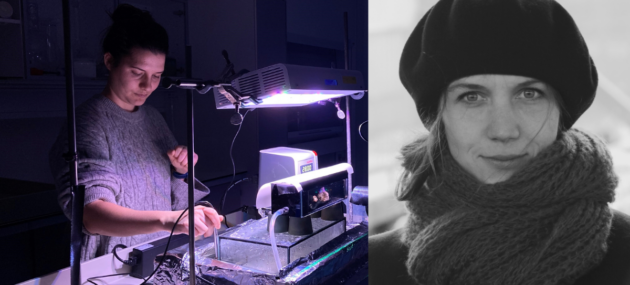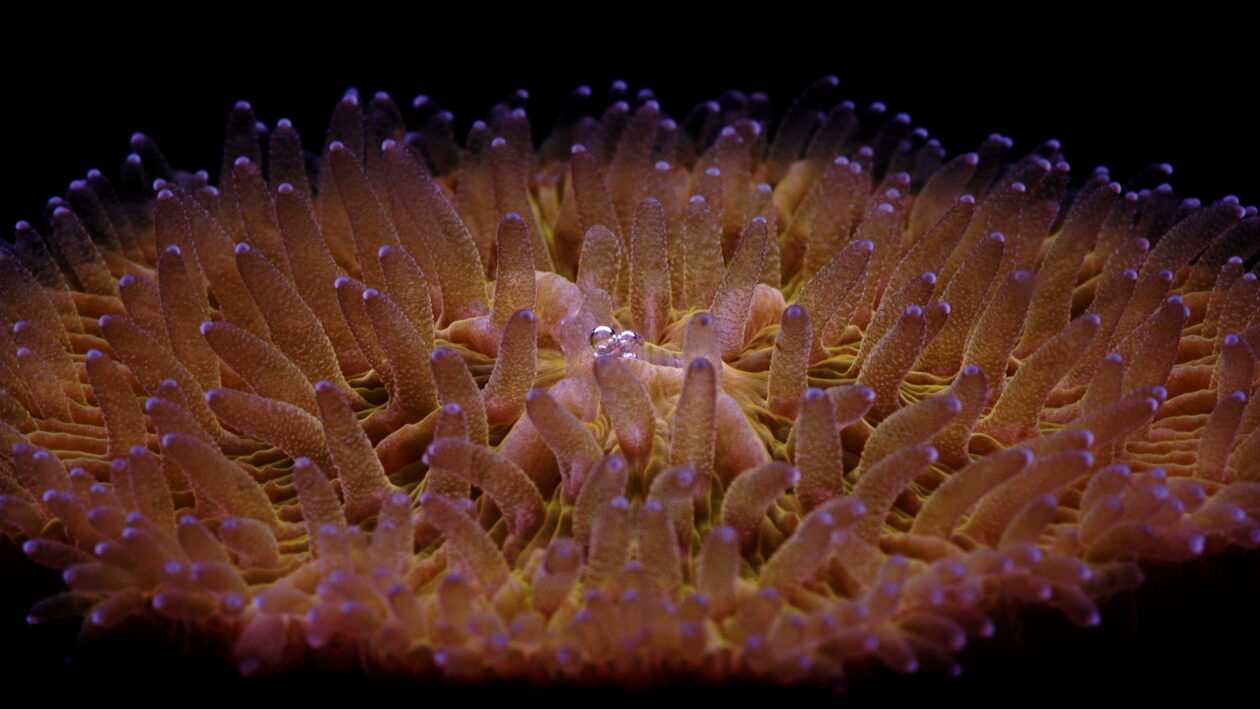This website uses cookies so that we can provide you with the best user experience possible. Cookie information is stored in your browser and performs functions such as recognising you when you return to our website and helping our team to understand which sections of the website you find most interesting and useful.

Art and Science in Symbiosis
Art and Science in Symbiosis
Learn more about the role of art in communicating the climate crisis as well as the research and the artistic and scientific methods behind the creation of the exhibition “Being Coral” when video artist Maja and postdoc from Marine Biology Section at University of Copenhagen, Elena Bollati, visit the tower for a talk.
The exhibition “Being Coral” is an audiovisual installation deeply rooted in scientific research on corals and their response to global warming.
The video recordings in the exhibition were created in close collaboration with coral researchers from the University of Copenhagen. Learn more about the intersection of Art and Science as well as the research and methods behind the exhibition in this talk between the artist and the lead researcher on the project. Together, they will provide insights into the interdisciplinary collaboration behind the coral footage for the exhibition, and discuss how the collaboration between Art and Science can open up new insights and understandings.
Note: The talk will be held in English.
Both video clips from the exhibition and behind-the-scenes images will be shown.
Admission to the exhibition and the Round Tower is included in the ticket price.
About the Exhibition

Documentary filmmaker and video artist Maja is behind the exhibition that explores the impact of climate change on the planet’s corals through research-based art.
In collaboration with a team of coral researchers from the University of Copenhagen, Friis has made macro-optic recordings of selected tropical coral species. The video portraits allow the audience to experience these tiny creatures on a large scale and in a uniquely intimate way.
“Art has the potential to communicate the state of nature with unfiltered seriousness and through a sensory language that can touch us on a deeper, existential level. By translating scientific data into aesthetic experiences, I hope to contribute to new insights that can sensitize our climate awareness and bring us closer to understanding the life forms we share the world with and the irreversible changes they are subjected to,” says Maja Friis.
The collaboration on the recordings also proved fruitful for the researchers, as the video recordings provided them with the ability to visualize coral bleaching with tools that are not typically available in their laboratory:
“In 10 years of working with corals, I have measured this phenomenon countless times, but I have always looked at it indirectly, through signals, numbers, graphs. But now, for the first time, I felt like I could truly witness coral bleaching. The method allowed me to notice movement patterns that my previous approaches had overlooked,” says Elena Bollati, postdoc at the Marine Biology Section, University of Copenhagen.
